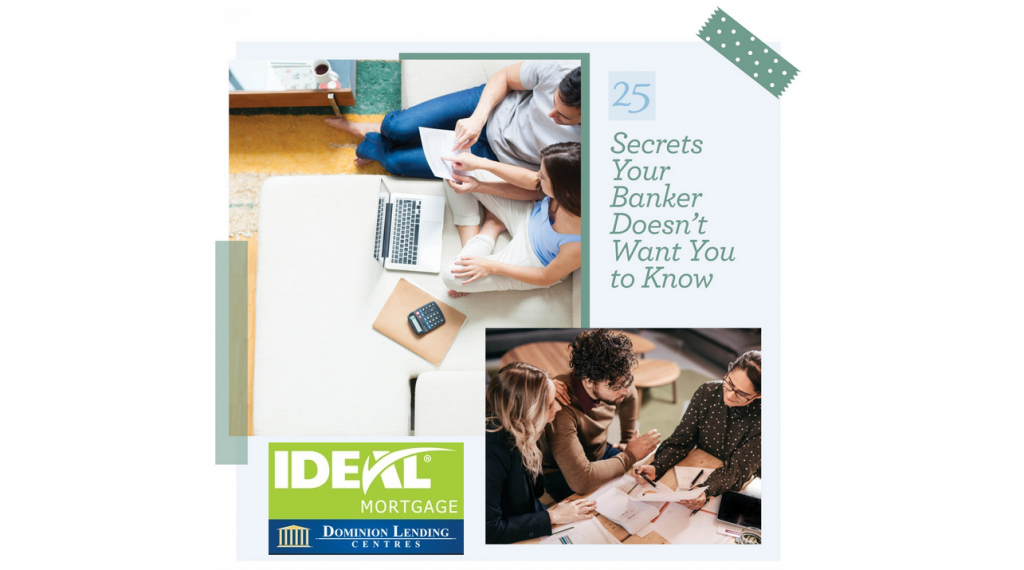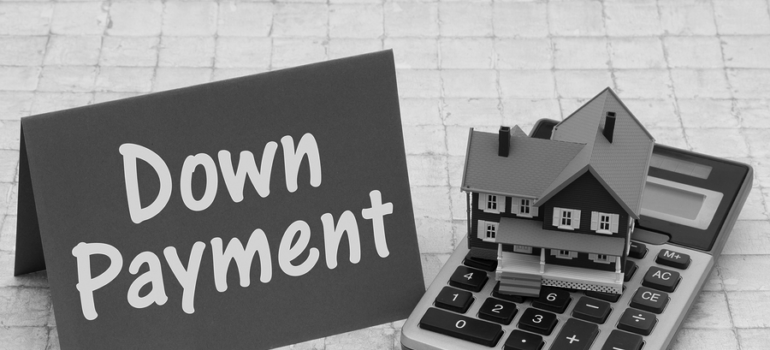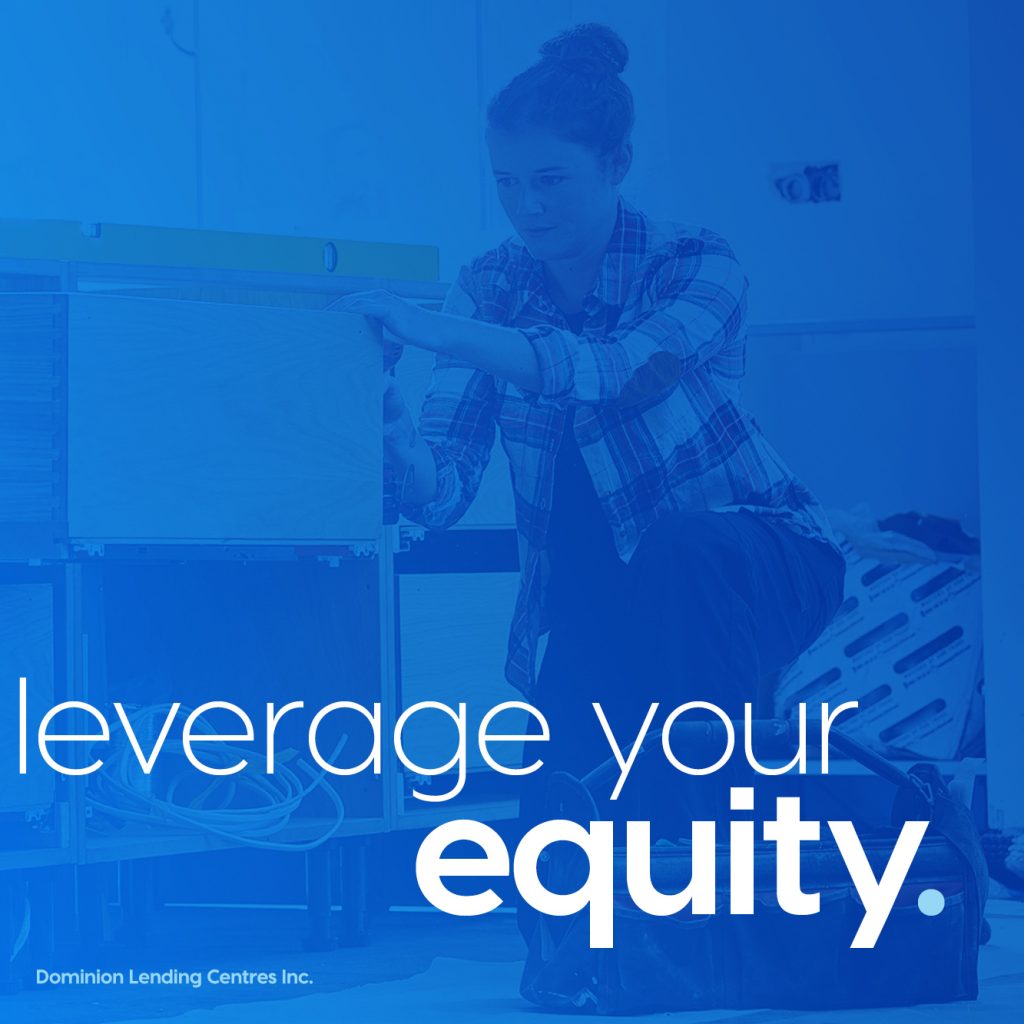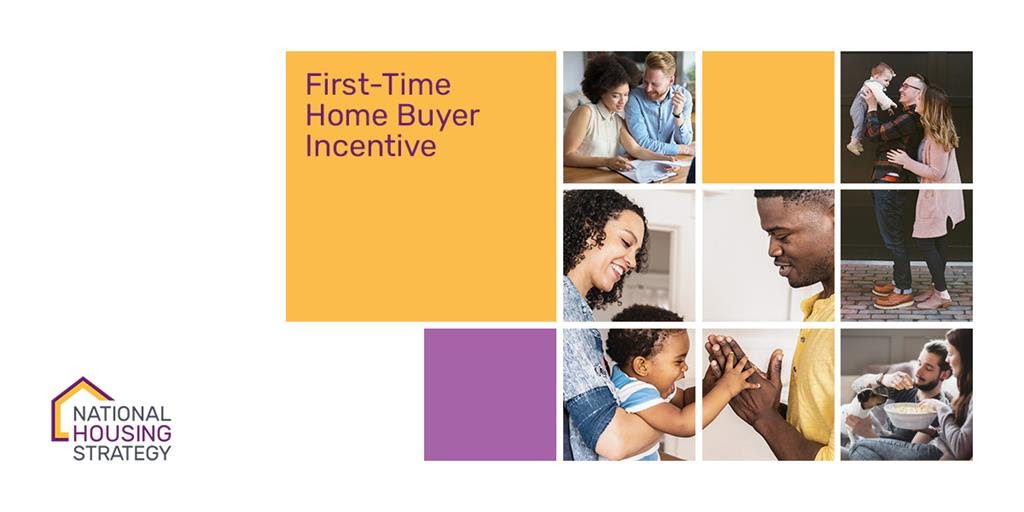
Twenty-five or thirty years can sound like an impossibly long time to service a loan – and for many of us, it is. If you are looking to pay off your mortgage faster, here are some tried-and-true tactics to get you to financial freedom that much sooner!
Make a Double Mortgage Payment: A double payment once a year can shave over four years off the total life of the mortgage! Better yet, if your mortgage allows for double-up payments, another option is paying an extra $100 into your mortgage – per month. This can save you over $26,000 in interest on a 5.5% fixed-rate, 25-year amortized mortgage.
Increase Your Payment Frequency: Changing your mortgage from monthly to bi-weekly accelerated payments can shave over three years off your mortgage. At $2,000 a month, three years of no payments is worth $72,000 (not to mention the interest saved!).
Increase Your Payment: Did you know? A one-time 10% increase can shave four years off the mortgage. That’s $96,000 in savings! Imagine if you bumped the payment 10% every year from the get-go. You would be mortgage-free in 13 years—start to finish! Can’t do it? How about 5% every year? You would be mortgage-free in 18 years! You can also consider increasing the payment by the amount of your annual raise.
Lump Sum Payments: This is another option to become mortgage-free even faster! Even just one extra payment a year equivalent to one monthly payment will give you similar results as #2 above. Annual work bonuses or other extra-income is a great option for this.
Renegotiate When Rates Drop: Revisiting your mortgage is a good idea when rates drop. However, it is always best to get expert advice from a mortgage broker to ensure it makes sense for you. If so, the benefits can be huge! For instance, a 1% reduction on a $300,000 mortgage will save $250 a month—times five years, that’s $15,000.
Maintain a High Credit Rating: Even if you have already qualified for the mortgage you want, don’t let your credit rating slip. Pay your bills on time and keep balances low in relation to limits on credit cards, lines of credit, etc. Ideally, using 30% or less of your available credit will garner the highest results (assuming you pay the balances in full every month). Even if you’re filling your card to its credit limit max and paying it off in full each month, it will look like you are maxing out your credit limit and your credit score will drop accordingly.
Increase Your Mortgage: Increasing your mortgage for the purpose of debt consolidation can be helpful for paying off credit card debt, line of credits, car loan and so on for a better rate and a set payment plan.
Make an RRSP Contribution: By making an RRSP contribution, you can then use your income tax refund to pay down your mortgage!
Switch to a Variable Rate: Switching your mortgage to variable-rate while keeping your payments the same as if on fixed can help you pay your mortgage faster. Since variable rates are typically lower, you will be paying more to your principal loan versus the interest.
Caution: Variable rates are not for everyone. Always be sure to seek the help of a mortgage broker to find out if variable-rates are the best choice for you.
Take Your Mortgage With You: When you move, switch your old mortgage to the new property to avoid a penalty or higher rate on a new mortgage. This is called “porting”, however not all mortgages have this feature so be sure to ask! It is not widely known but could save you a ton of money.
Set Up Automatic Savings: Even setting aside $10 per paycheck can help! When your extra savings reaches the amount of one mortgage payment, apply it to the mortgage! This concept goes nicely with #4.
Unhook From The Money Drip: Stop paying with your fancy points credit or debit card. These make it way too easy to overspend. Go old school, go off the grid and pay cash. It works and can help you stay on track!
Don’t Buy on Layaway: You know, those don’t-pay-for-six-month “deals”, well a lot can change in six-months and you’ll still be on the hook. If you cannot afford it now, don’t buy it. Wait until you are financially able to make the investment.
Downsize Your House: Are you living in a 5-bedroom family home but your kids are grown up and moved out? Consider downsizing to a smaller house. It will save you money on your mortgage payments and maintenance fees in the long run!
Rent Out the Basement: Not ready to move? Consider converting spare rooms to rental and use the income to pay down debt.
Make Your Mortgage Tax-Deductible: If you are self-employed, own rental property or have investments, this is likely possible. Check with your Dominion Lending Centres mortgage broker to see if this option is right for you!
Prioritize Your Payments: Define your various debts by category. This can help you see where you spend your money and also help you pay off your debt faster.
Start With the Highest-Interest Rate: Pay off loans with the highest interest rates first, as these are the ones eating into your extra income!
Leave Tax-Deductible Until Last: Pay the non-tax deductible loans first and fastest and leave tax-deductible debt to the end.
Focus on Ugly Debt First: Debt such as credit card balances are the worst on your credit rating. Pay these off first.
Pay Off Bad Debt Next: Debt for items that depreciate in value, such as car or boat loans, should be the next on your priority list.
Clear Good Debt Last: Loans such as mortgages or investments for assets that should appreciate in value are the least harmful to your net worth and can be paid out last.
Buy a New Car – Outright! Finance it if you have to but don’t lease, unless you are self-employed in which case leasing makes more sense.
Use Your Secret Stash: If you have $20,000 in a bank account for a rainy-day or vacation and yet owe $20,000 on a line of credit, you need to reconsider. The bank account is paying you next to no interest (which is taxable income) and the line of credit rate is way higher (and not tax deductible). You know what to do. You can keep the line of credit open and on standby for a rainy day. Make it the secret line of credit that you have but never use.
Give your Banker More Money: No, really. Keep enough in your chequing account to meet the minimum requirement to waive your service charges. Some banks charge a fee for transactions and nothing, zero, zilch, zip if you keep $2,500 in the account. Let’s see, $10 x 12 is $120 a year to pay off debt. I’d have to earn 5% with the $2,500 in my savings account to come out ahead. No-brainer here. Oh yeah, if you need more than 25 transactions a month, see #12 above.
Let’s face it, your financial future will not get any brighter if you continue to run deficits forever. Unlike a bank or big company, you won’t get a bailout! Stop procrastinating and take charge of your own finances with the above tips!
If you are looking for expert advice about your mortgage and how to pay it down faster, contact a Dominion Lending Centres professional to discuss YOUR situation and options.
BORROWER BEWARE:
It is always important to take things with a grain of salt. This is especially important when it comes to too-good-to-be-true, ultra-low-rate mortgages. These “no frills” mortgages are often loaded with restrictions such as pre-payment limitations, fully-closed terms, stripped-out features or unusual penalties. If you’re not looking at what you’re giving up, you may regret it in the future. These hidden terms alone could prevent you from taking advantage of tips #1, 2, 3, 4, 5, 7, 8, 9, 10, 14, 16 and 22!







